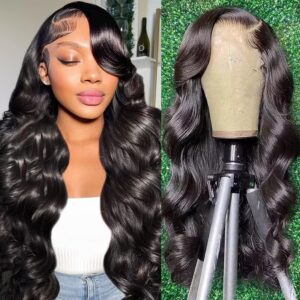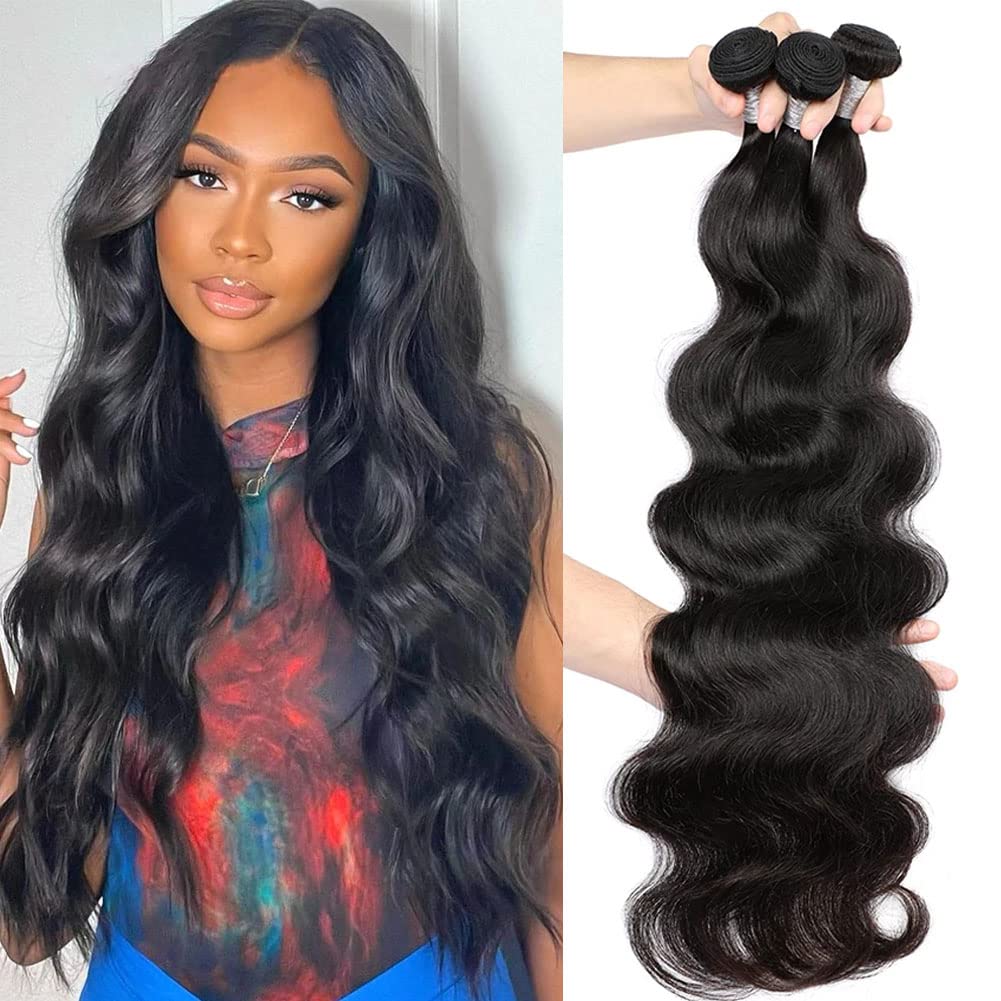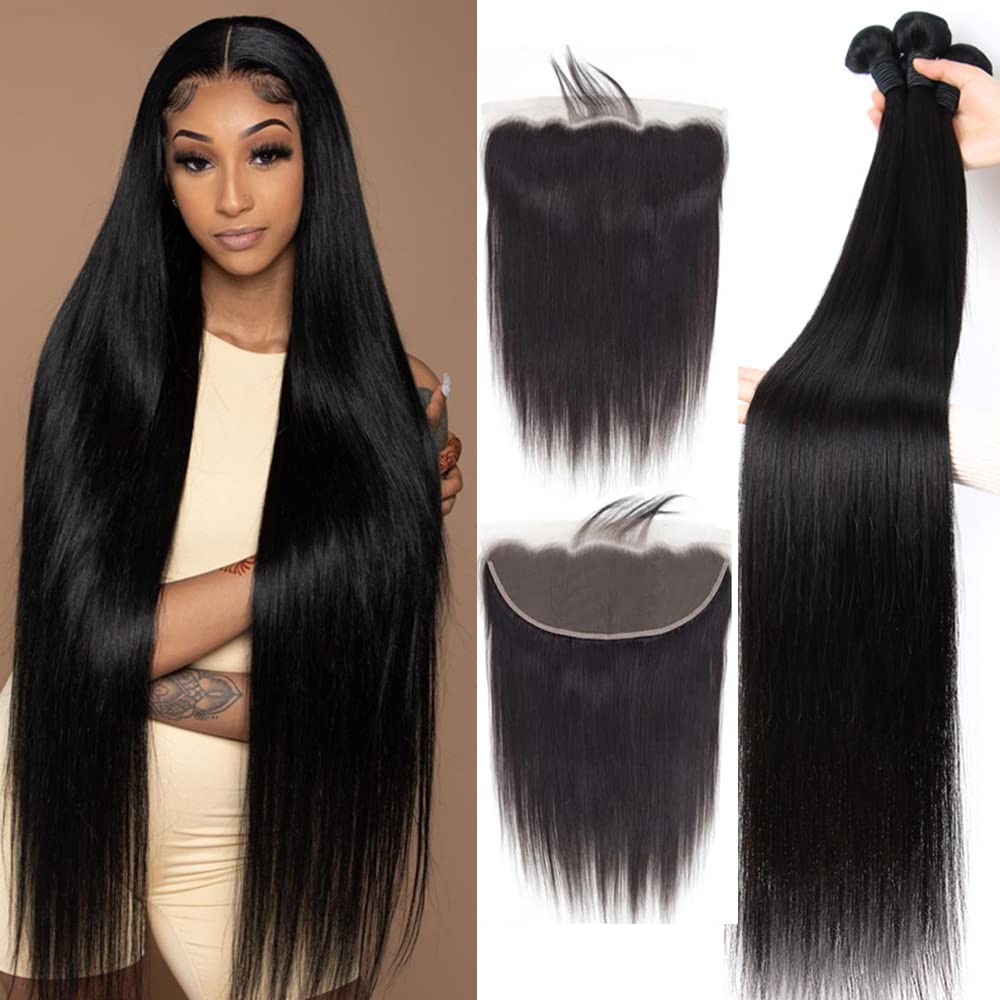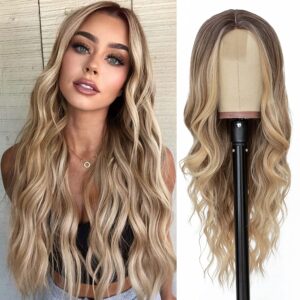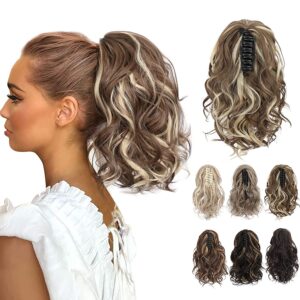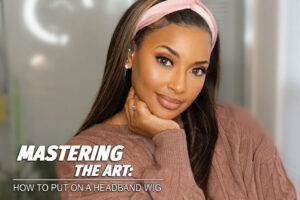Ever watched a magician pull a rabbit out of a hat and wondered, “How on earth did they do that?” Well, wigs, my friend, are a bit like that magic trick. They can transform a person’s entire look, turning short hair into long, curly locks or vice versa, seemingly in the blink of an eye.
Now, picture yourself as the magician, creating these magical transformations. The first thing you need to know is how wigs are put together. Just like learning the secrets behind the magician’s hat trick, understanding the structure of wigs is the key to their enchanting power.
Why is it important to understand wig structure? Well, imagine buying a puzzle without knowing how the pieces fit together. You might end up with a beautiful image but no idea how to assemble it. The same goes for wigs. To choose the perfect wig, take good care of it, or even design your own, you need to understand how wigs work on the inside.
In this article, we’re going to take you behind the scenes and reveal the building blocks of wigs. We’ll talk about the wig’s skeleton (the cap), the hair (those magical strands), and even the techniques that bring it all together. By the end, you’ll be armed with the knowledge to make wigs work their magic for you. So, let’s dive in and uncover the captivating world of wig structure.
The Basic Components of a Wig
Wigs, just like your favorite burger, are made up of several delicious layers, each playing a crucial role in the overall creation. Let’s break it down into bite-sized pieces, shall we?
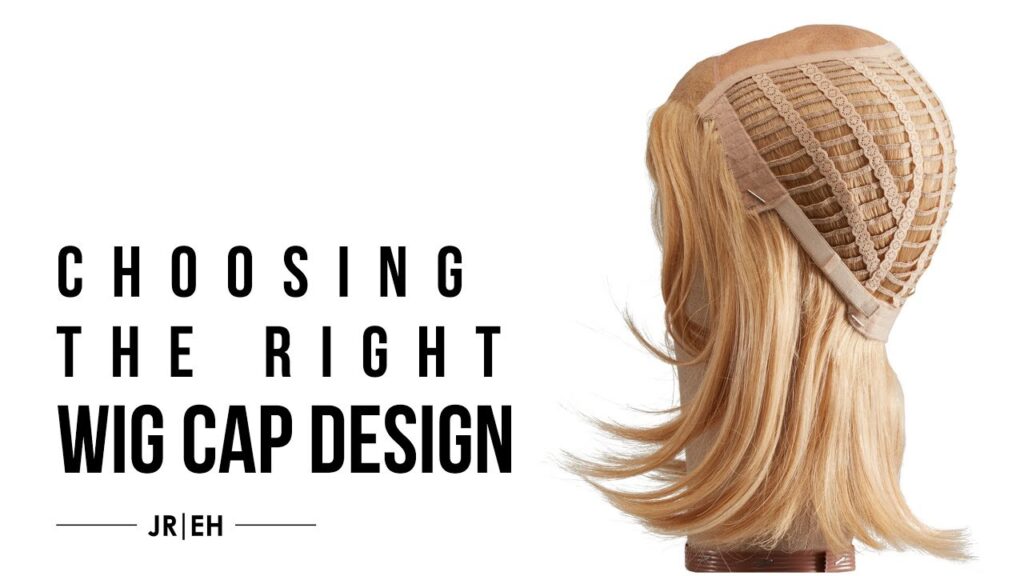
The Cap: Foundation of Your Wig
Think of the cap as the burger bun. It’s the base on which everything else is stacked. The cap is like the canvas for a painting; it provides the structure for your wig. It’s typically made of a mesh or fabric material that’s lightweight and breathable.
Wefts: Building the Volume
Wefts are like the juicy, flavorful patties in a burger; they make the wig full and satisfying. These are strips of hair that are sewn or glued onto the cap. Wefts are responsible for creating the volume and density of your wig.
Hair Fibers: Tasty Toppings
Hair fibers are like the delicious toppings on your burger; they add the flavor and style. They can be made of either synthetic or human hair. The quality of the fibers affects how the wig looks and feels. High-quality fibers give you a premium taste.
The Cap: The Foundation of a Wig
Let’s dive into the heart of your wig – the cap. Think of the cap as the comfy mattress of your bed; it’s the foundation that sets the stage for everything else.
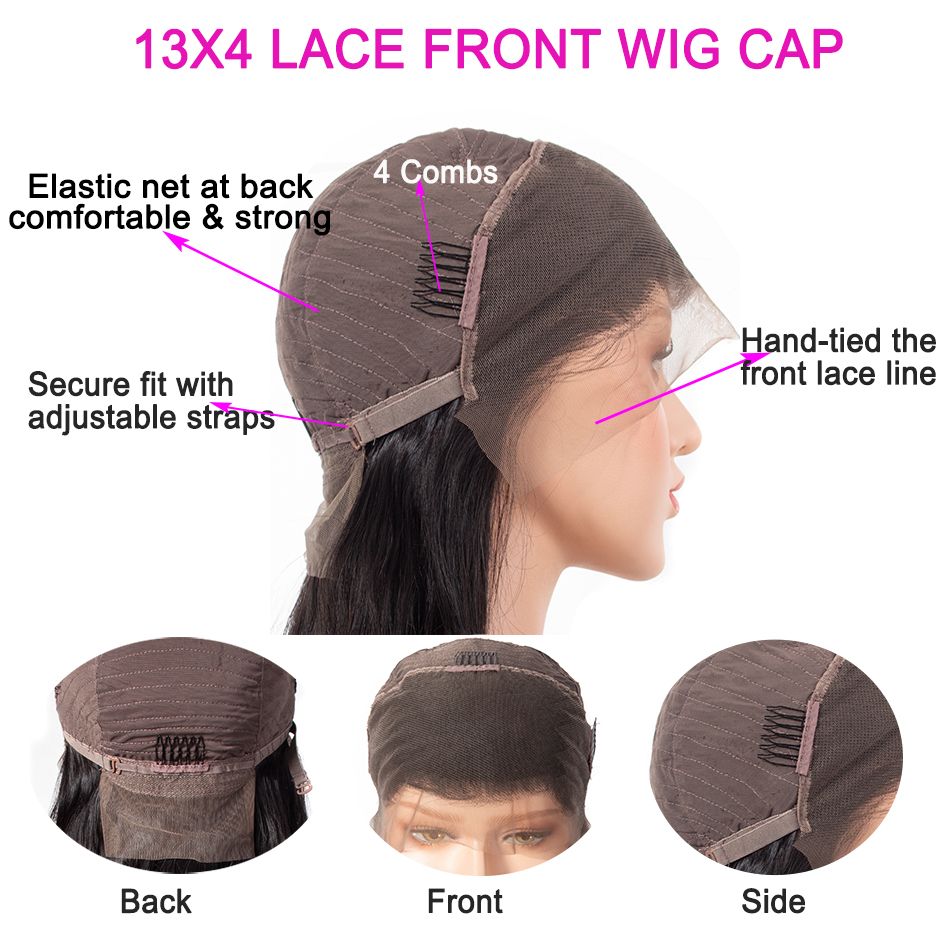
Material and Construction
Caps can be made from various materials, but the most common are lace, monofilament, and classic fabric caps. Lace caps are like a delicate spider’s web, lightweight, and airy. Monofilament caps have a fine, sheer fabric that resembles your scalp, and classic fabric caps are sturdy and economical.
Impact on Fit and Comfort
The cap’s design is like the blueprint for a house; it determines how your wig fits and feels. A well-designed cap ensures a snug, secure fit, so your wig won’t go anywhere, no matter how much you dance or jog. Breathable caps, like lace and monofilament, allow air to circulate, keeping your head cool and comfortable.
Wefts: Building the Volume
Think of wefts as the juicy layers in your favorite sandwich; they provide the bulk and substance.
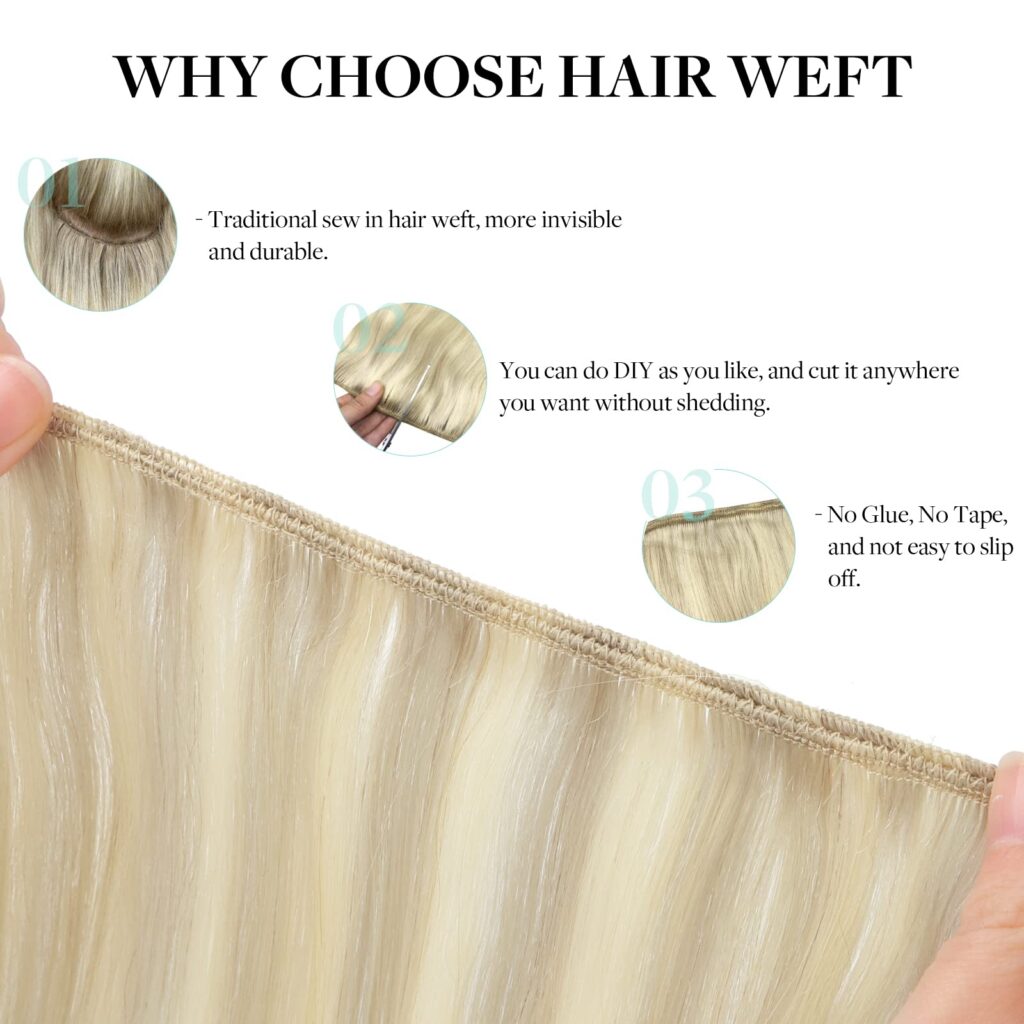
Purpose and Wig Density
Wefts are like the sandwich fillings; they give your wig its fullness and body. The way wefts are layered and attached determines the density of your wig.
Different Wefting Techniques
There’s more than one way to stack your sandwich, and there are different techniques to attach wefts. Some common techniques include sewing, gluing, and even knotting each hair strand.
Hair Fibers: The Final Touch
Hair fibers add flavor and style to your wig.

Types of Hair Fibers
There are two main types of hair fibers used in wigs: synthetic and human hair. Synthetic fibers are like the seasonings; they’re designed to mimic real hair and come in a variety of textures and colors. Human hair, on the other hand, is the gourmet ingredient; it’s real, natural hair collected from donors.
Importance of Fiber Quality
Fiber quality is like the grade of ingredients in a meal; it affects the overall taste. High-quality fibers, whether synthetic or human hair, result in a more durable, realistic, and stunning wig.
Ventilation and Knotting Techniques
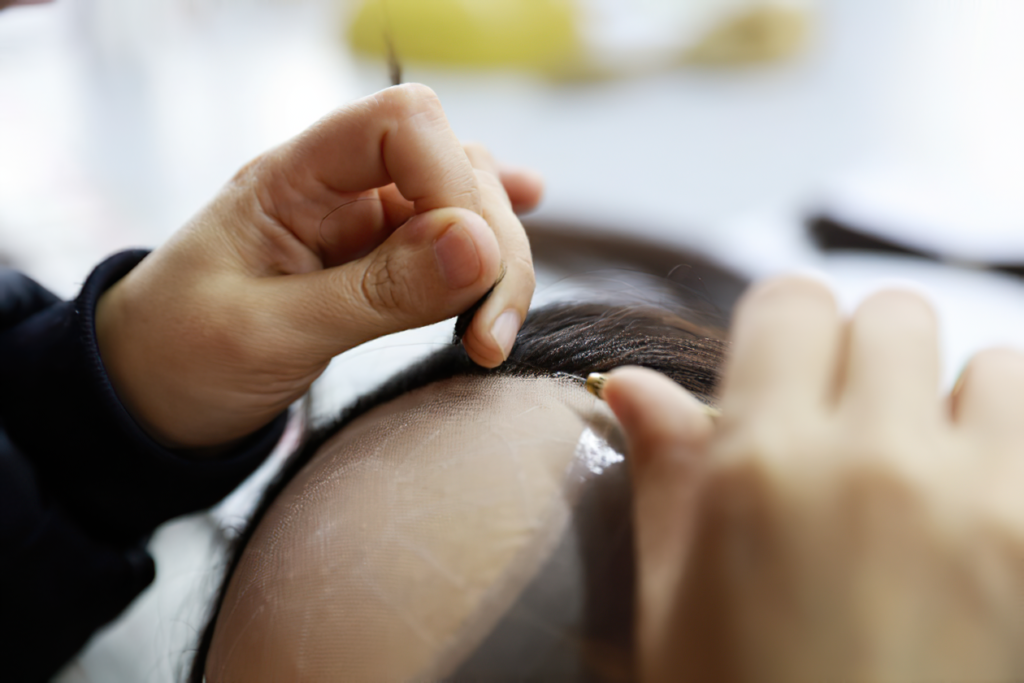
Hair Attachment Techniques
The way hair fibers are attached to the cap is crucial for a realistic look. Some techniques involve hand-tied knots, where each strand is carefully knotted, while others use machine wefting, a quicker but equally effective method.
Role of Ventilation
Ventilation is like the secret spice in a great recipe; it adds that extra flavor to your wig. It’s all about how the hair is strategically placed to mimic natural hair growth from your scalp.
The Inside Scoop: Cap Construction and Features
Cap Construction Types
There are various cap construction types, including lace front, full lace, and monofilament. Lace front caps have a sheer lace front that mimics a natural hairline. Full lace caps are made entirely of lace, allowing for versatile styling. Monofilament caps feature a fine, sheer material that looks like your scalp.
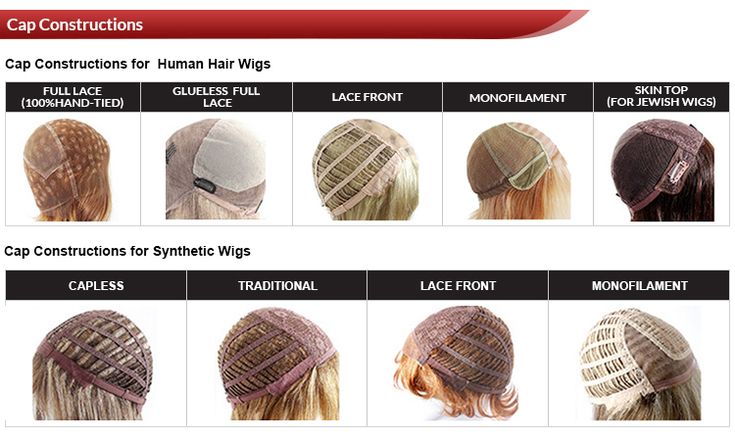
Benefits and Differences
Lace front caps provide a realistic hairline, making it hard to detect that you’re wearing a wig.
Full lace caps offer the ultimate versatility for parting and styling in any direction.
Monofilament caps are renowned for their breathability and scalp-like appearance.
Wig Maintenance: Keeping the Structure Intact
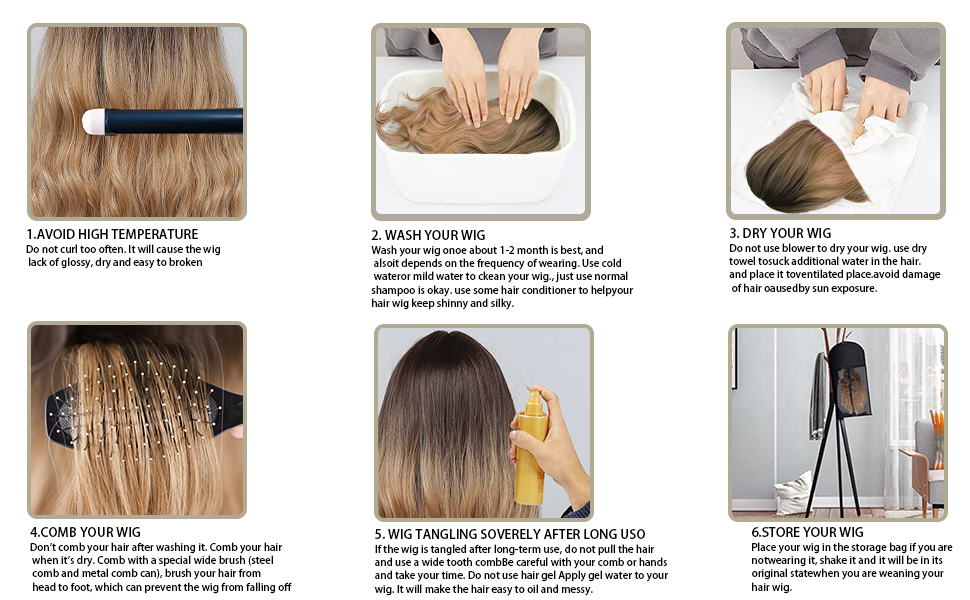
1. Washing Routine
Establishing a regular washing routine for your wig is akin to giving your sandcastle a refreshing rinse to rid it of any debris. Just as you wouldn’t use harsh chemicals on your beach creation, opt for a mild shampoo and conditioner specifically designed for wigs. Think of hot water as the enemy—instead, choose cool water to maintain the structure, much like using a gentle touch on your sandy masterpiece. This thoughtful washing routine ensures your wig remains clean, vibrant, and ready for whatever beach adventure lies ahead.
2. Drying with Care
Drying your wig with care is akin to blotting your sandcastle dry after a day at the beach. Once you’ve rinsed it, gently pat the wig with a clean towel to remove excess water. Treat it delicately, avoiding any wringing or twisting, as this can alter the wig’s structure. Finally, just like letting your sandcastle air dry, place your wig on a wig stand to maintain its shape and ensure it dries thoroughly. This simple yet careful drying process contributes to the longevity and quality of your wig, much like preserving the integrity of your sandy masterpiece.
3. Styling Products
Choosing the right styling products for your wig is akin to adding the perfect seashells to your sandcastle. Opt for products explicitly designed for wigs, and remember that a little goes a long way. Using products sparingly ensures that your wig remains fresh, manageable, and doesn’t accumulate build-up, much like carefully selecting and placing seashells to enhance the beauty of your coastal creation.
4. Heat-Free Styling
Heat styling tools are like using a hairdryer to sculpt your sandcastle. While they can be used on some wigs, too much heat can damage the fibers and affect the structure. Opt for heat-free styling methods like wig rollers or setting your wig on a wig head.
5. Storage Matters
Proper storage is essential for maintaining the shape and integrity of your wig. Placing it on a wig stand or mannequin head when not in use prevents the wig from getting flattened or distorted. It’s like giving your wig a comfortable and secure home, ensuring that it retains its original style and structure. So, just like a well-preserved sandcastle, a properly stored wig stays picture-perfect and ready for its next adventure on your head!
6. Regular Maintenance
Regular maintenance is the key to keeping your wig in top-notch condition. Use a wide-toothed comb or a brush specifically designed for wigs to gently detangle the hair. Begin the process from the tips, gradually working your way up to the roots. This routine helps prevent knots and tangling, ensuring that your wig stays looking smooth and fabulous. Remember, a little care goes a long way in preserving the beauty and longevity of your wig.
Conclusion
From the hidden chambers of wig construction to the artistry of custom designs, we’ve embarked on a journey to unravel the secrets of wig structure. So, let’s recap the key takeaways and emphasize why this knowledge is your secret weapon in the world of wigs.
Wigs are like intricate puzzles, composed of basic components: the cap, wefts, and hair fibers. The cap is your wig’s foundation, affecting its fit and comfort. Wefts provide volume, while hair fibers add style. Understanding how hair fibers are attached, including ventilation and knotting techniques, reveals the craftsmanship behind a natural look. Different cap constructions, like lace front, full lace, and monofilament, offer unique features, and custom wigs allow endless possibilities for personalization. Maintenance is essential to preserve your wig’s structure, ensuring it remains beautiful and comfortable.

